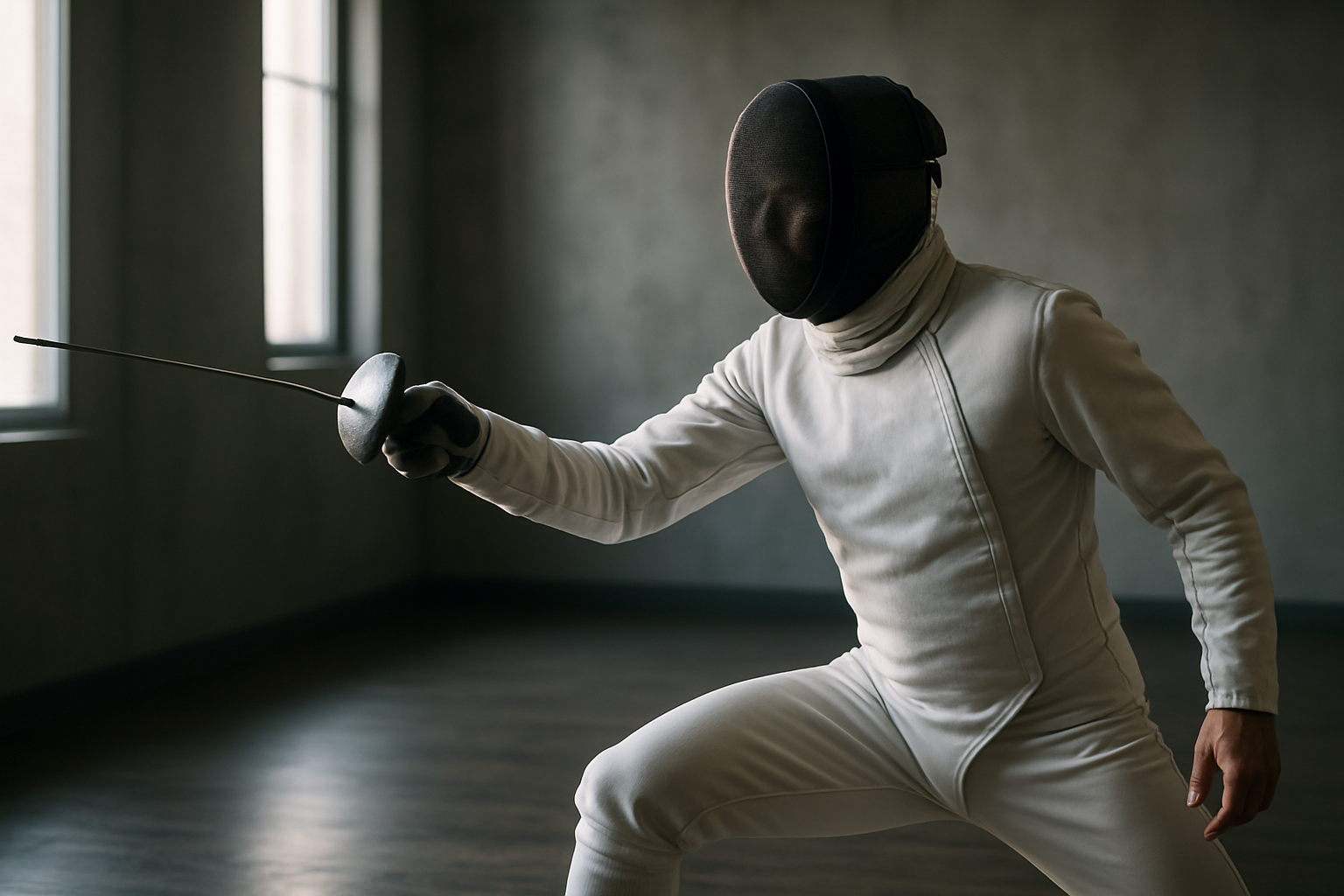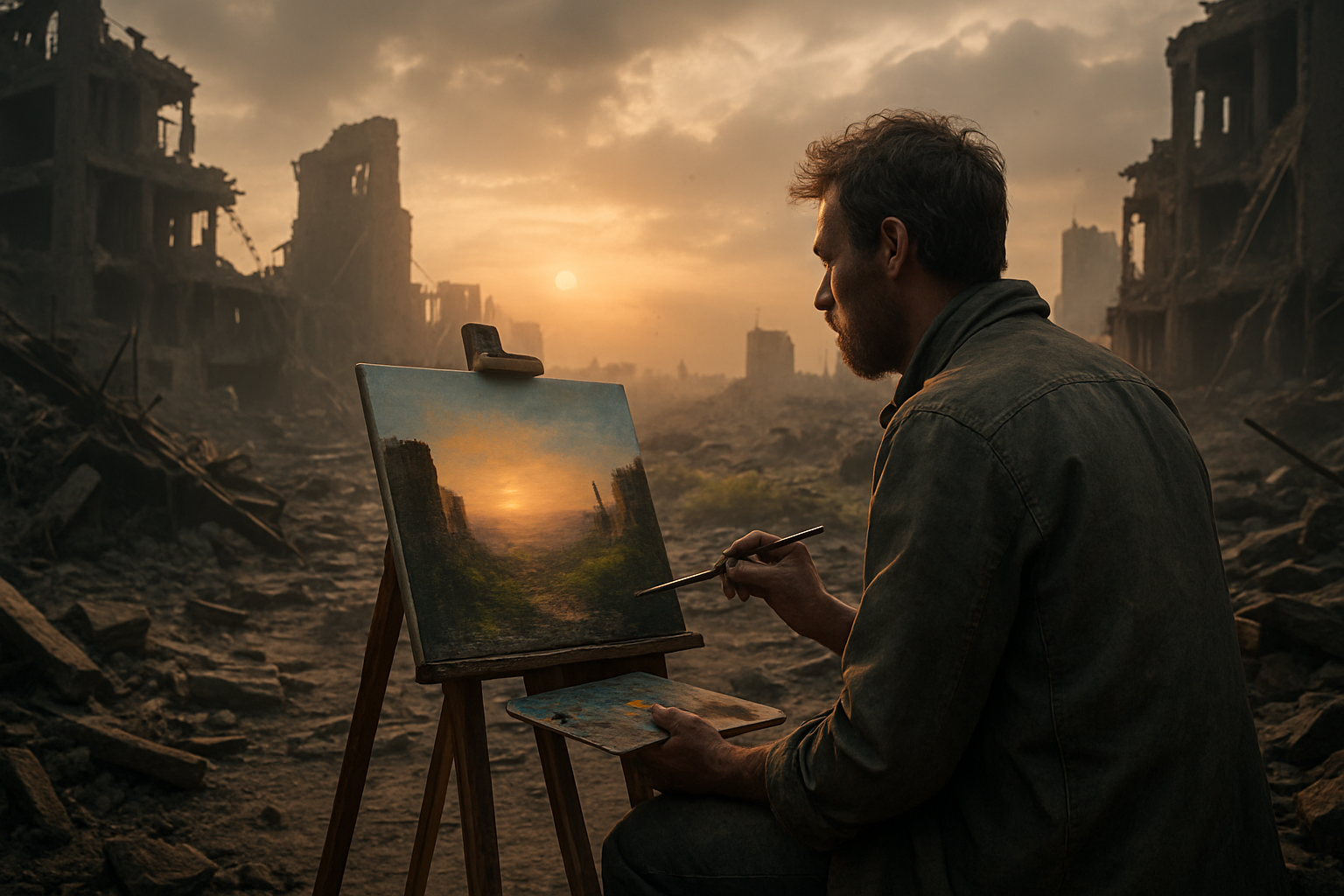Breaking Down the Art of Fencing: A Modern Take on an Ancient Sport
Fencing, the art of sword play, has long been a subject of fascination, a symbol of nobility, and a measure of a person's agility and precision. From its origins in ancient Egypt to its modern-day Olympic status, fencing is a sport that combines historical richness with contemporary relevance. In this comprehensive guide, we delve into the intriguing world of fencing, exploring its historical roots, present trends, and future possibilities.

A Historical Journey: From Battlefield to Sports Arena
Fencing began as a form of military training in ancient Egypt around 1200 BC, as evidenced by carvings found in the temple of Medinet Habu. Over the centuries, it evolved from a brutal battlefield technique to a refined sport enjoyed by European nobility. The 19th century saw the establishment of the first fencing schools and the standardization of rules, propelling the sport into the modern era.
The Three Forms of Fencing: Épée, Foil, and Sabre
Fencing has three distinct disciplines: Épée, Foil, and Sabre, each with its unique set of rules and strategies. Épée, the heaviest sword, allows target anywhere on the opponent’s body. Foil, a lighter sword, restricts target to the torso, while Sabre, the modern version of the slashing cavalry sword, limits target to anywhere above the waist. Understanding these nuances is key to mastering the sport.
The Science Behind the Fencer’s Dance
Fencing is often referred to as “physical chess” due to its unique blend of physical exertion and mental strategy. It requires agility, speed, precision, and excellent hand-eye coordination. According to sports scientists, the reaction time of a seasoned fencer is faster than that of a Formula 1 driver, underlining the intense cognitive demands of the sport.
Modern Trends: Fencing in the 21st Century
Fencing today is a dynamic sport that continues to evolve. The advent of electronic scoring, for instance, has significantly changed the game, providing accurate and immediate recording of hits. Women’s participation in the sport has also surged, with female fencers now competing in all three disciplines at the Olympic level.
The Future of Fencing: Where Do We Go from Here?
As the sport of fencing enters a new era, it faces several potential developments. Advances in technology may further enhance scoring accuracy and equipment safety. The sport’s rising popularity could also see it being included in more international multi-sport events. Regardless of what lies ahead, one thing is certain: the art of fencing will continue to intrigue, challenge, and inspire athletes and spectators alike.
Fencing, with its rich history and modern dynamism, offers an exciting avenue for sporting prowess and personal growth. As we delve deeper into the intricate dance of the fencer, we are not only exploring a sport but also appreciating a centuries-old art form that continues to captivate and evolve. Whether you are an athlete, a sports enthusiast, or a curious reader, the world of fencing offers a unique blend of history, strategy, and sheer physical elegance.





